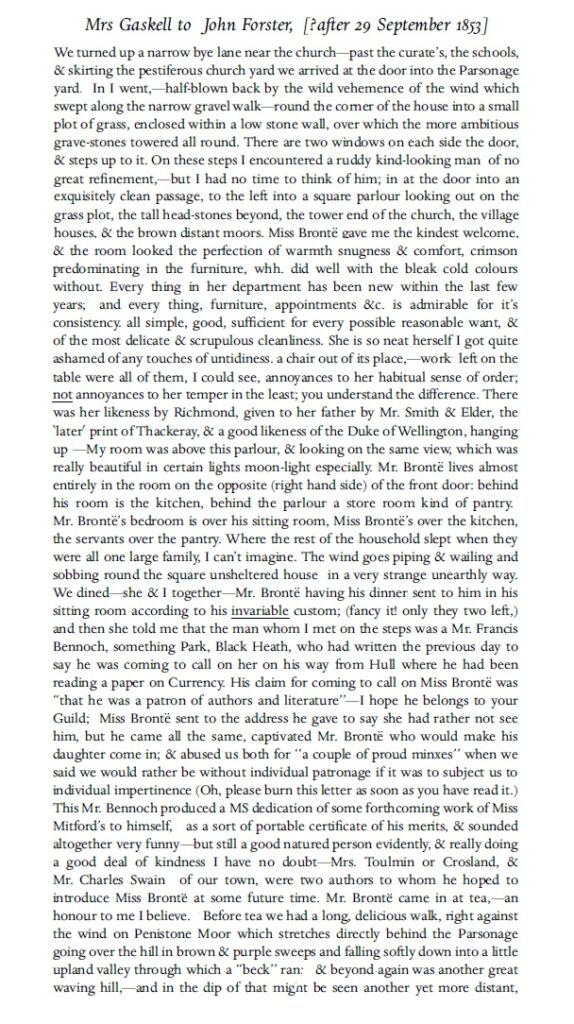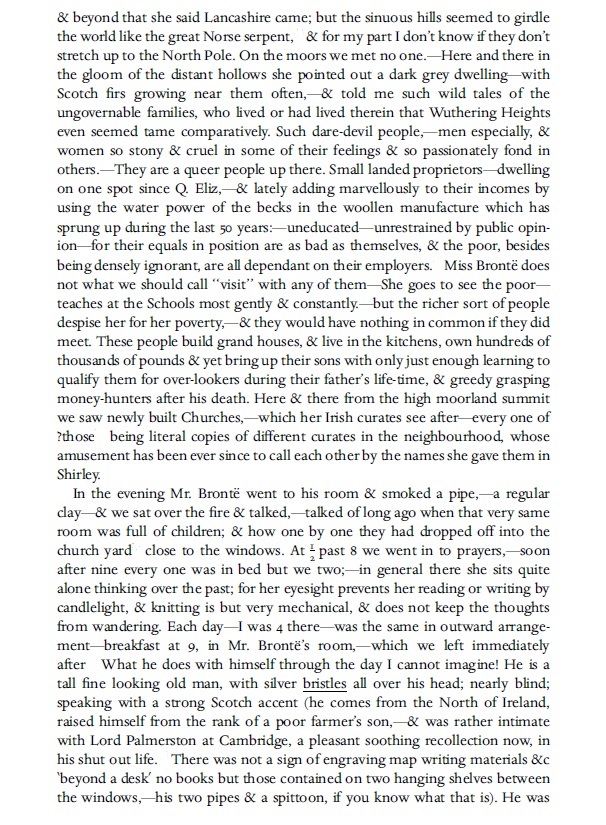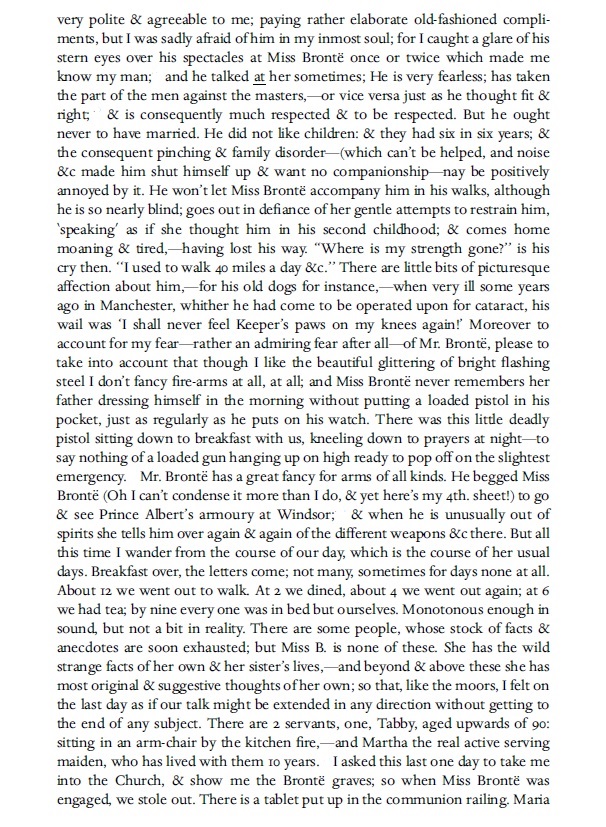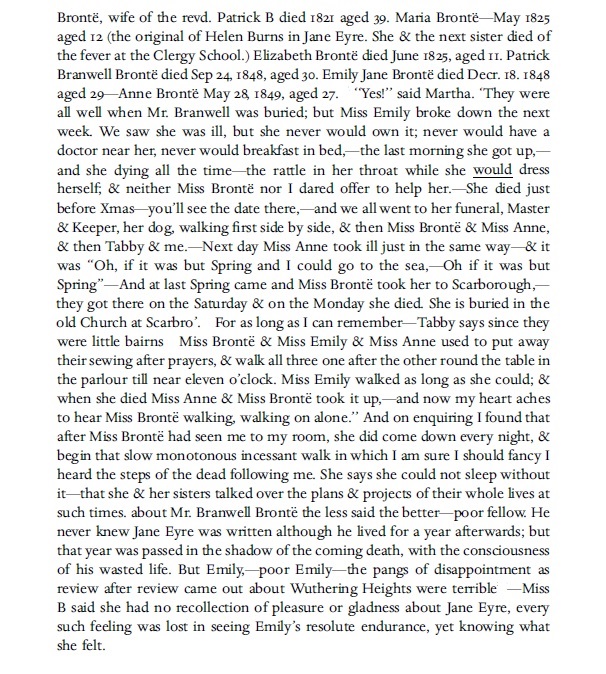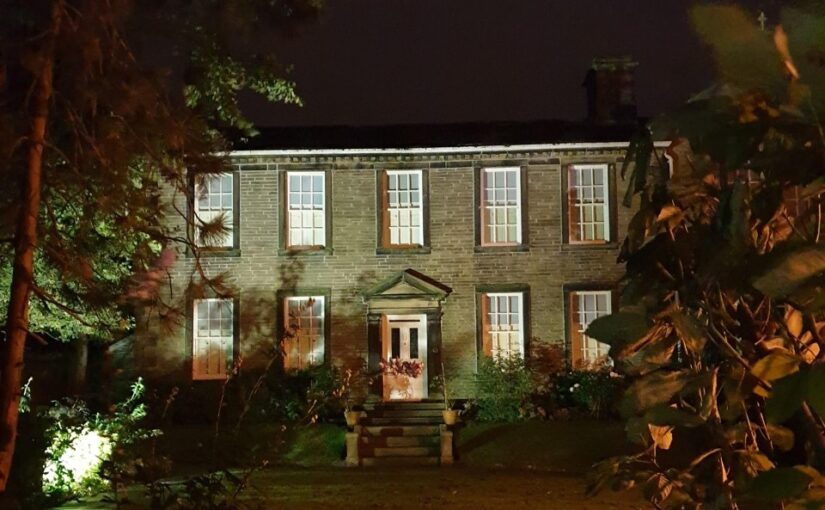As you read this I will be in, or en route to, that town most beloved of Anne Brontë: the town she came to repeatedly as a governess, and the town where she came in her final days; it’s the town where Anne rests eternally now, in the shadow of the castle that she chose as the location for Agnes Grey’s engagement to Weston. It is Scarborough of course, a resort equally beloved of me, and especially so on this occasion. I will bring you Brontë related pictures and facts of the week in next week’s post.
This week’s post, however, will not be dominated by my own words, but those of a woman who makes a very timely re-appearance in this blog. The brilliant Victorian novelist Elizabeth Cleghorn Gaskell was born Elizabeth Stevenson in Chelsea on 29th September 1810, making it her 213th birthday just two days ago. She became a close friend of Charlotte Brontë and then her celebrated biographer. At the opening of the Brontë Parsonage Museum in 1928 her grandson Mr. Holland was the guest of honour.
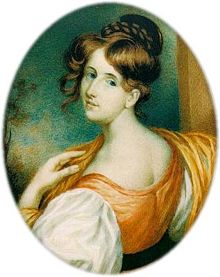
Her biography endures, although in parts it continues to be controversial, but it remains a must-read for Brontë fans because it was simply one genius writing about another. There is another very special Gaskell-Bronte anniversary taking place right now. It was 170 years ago, possibly to the day, that Gaskell sent a long letter to her friend John Forster, and it is a reproduction of this letter which will make up this post.
Elizabeth had just returned from her visit to her new friend in Haworth: Charlotte Brontë. This trip made a deep impression on her, and she used her stay to talk to Patrick Brontë and Martha Brown, among others. It is a letter that is long, revealing and very moving. One moment that especially lives in the memory is her account of Martha Brown talking about Charlotte’s nocturnal walks:
“For as long as I can remember – Tabby says since they were little bairns Miss Brontë and Miss Emily and Miss Anne used to put away their sewing after prayers, and walk all three one after the other round the table in the parlour till near eleven o’clock. Miss Emily walked as long as she could; and when she died Miss Anne & Miss Brontë took it up, – and now my heart aches to hear Miss Brontë walking, walking on alone.’’ Gaskell herself then confirms: “And on enquiring I found that after Miss Brontë had seen me to my room, she did come down every night, and begin that slow monotonous incessant walk in which I am sure I should fancy I heard the steps of the dead following me. She says she could not sleep without it.”
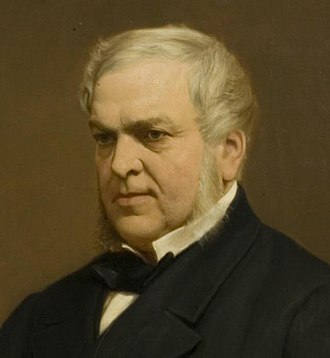
I leave you with this letter now, and I will be making my own nocturnal walk along the timeless sands of Scarborough’s South Bay later. I hope you’ll join me next week for another new Brontë blog post.
